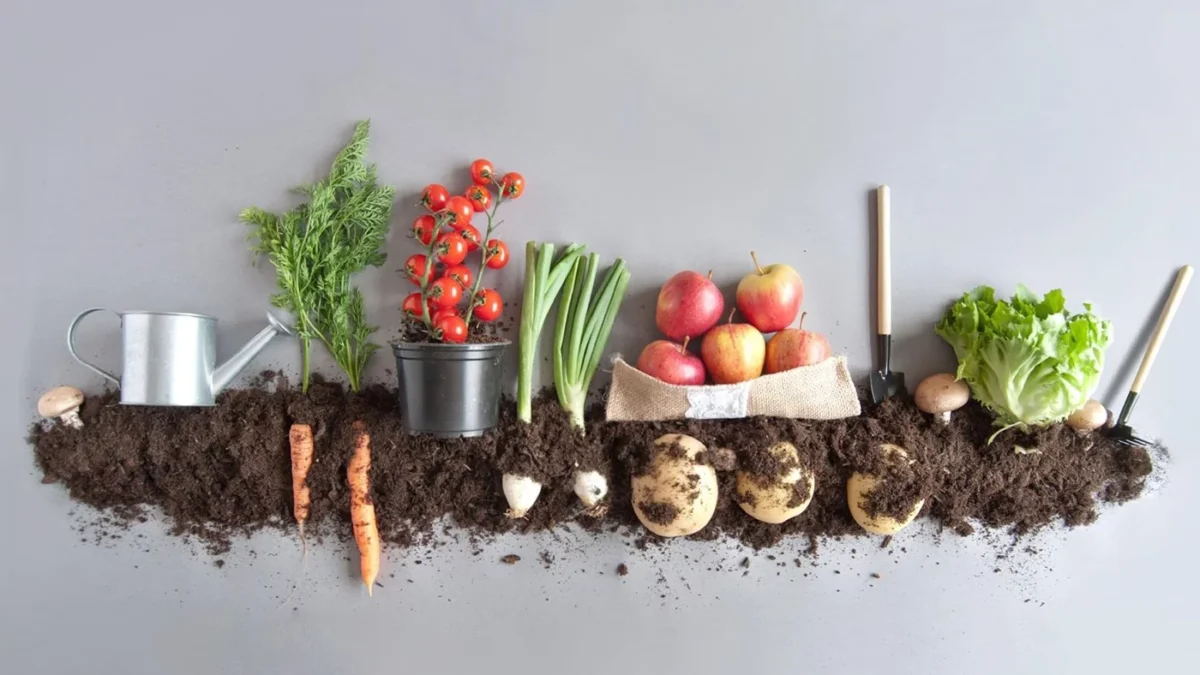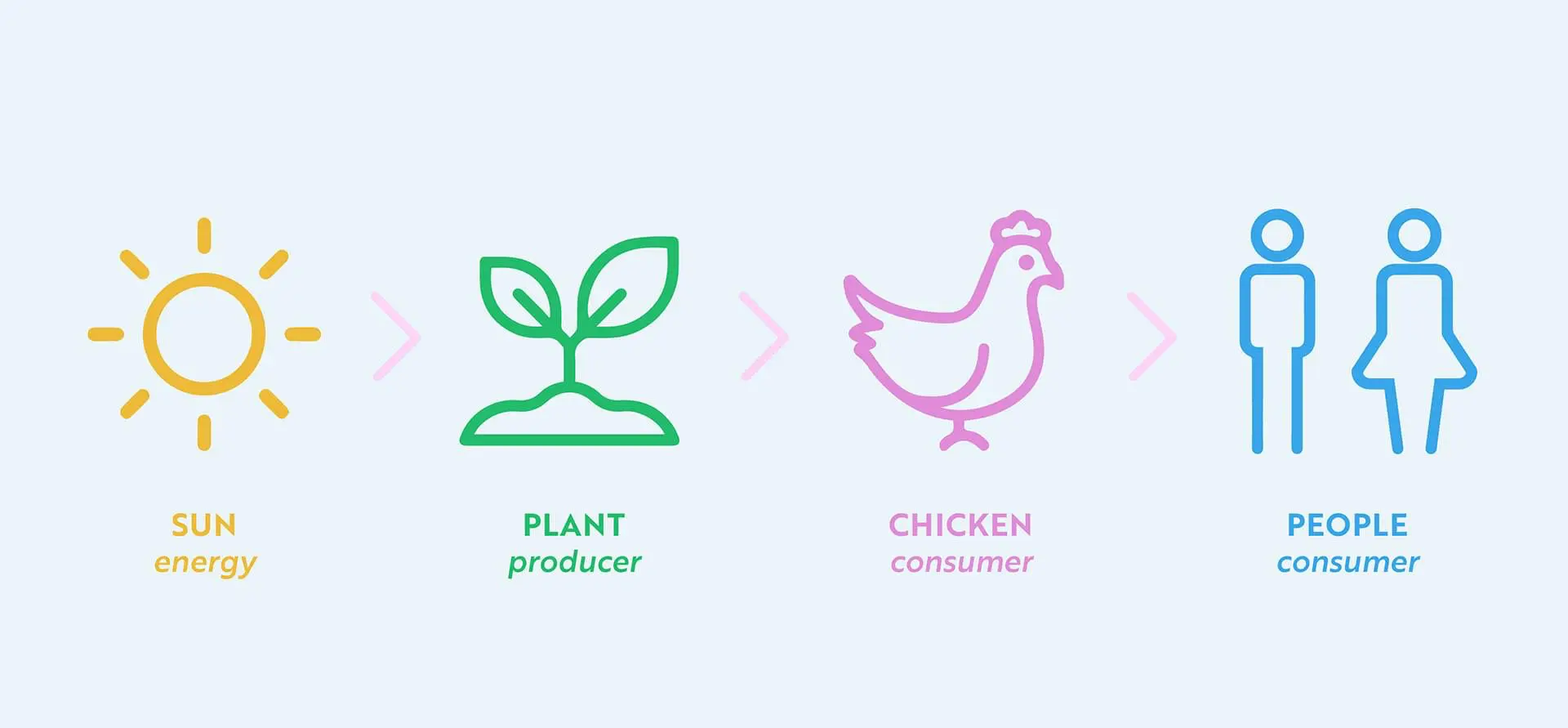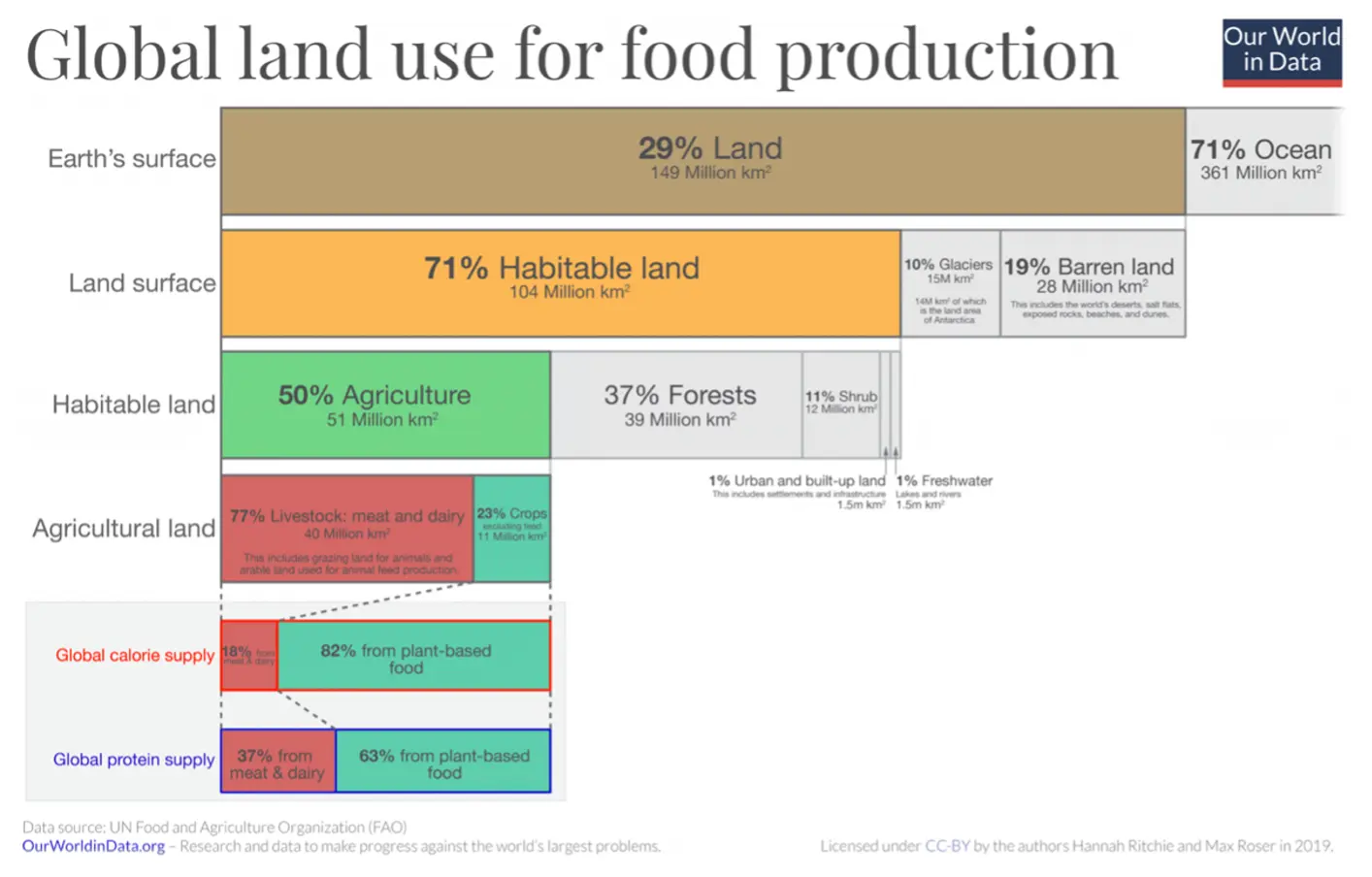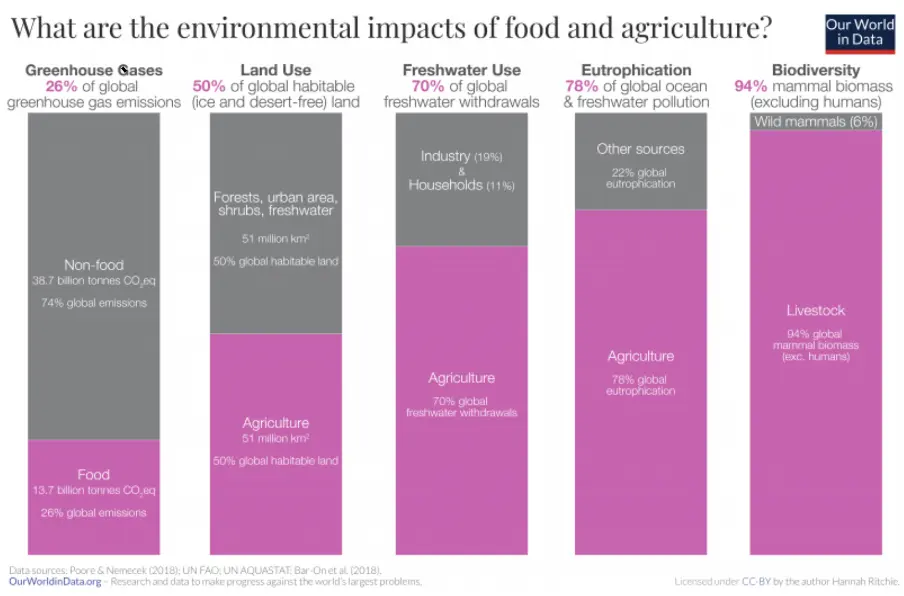
The Threat of Consumption
With COP-26 complete, world leaders are patting themselves on the back for a job well done and a successful season of negotiation. Topics covered stretch far and wide, ranging from emissions to fuel sources and beyond. One topic that failed to take the spotlight in a meaningful way is the global food chain. While the ‘Glasgow Food and Climate Declaration’ formed a strong talking point encouraging world leaders to participate in involving food systems in their climate plans, the industry lacked the defining goals of other similar polluters. This silent threat continues to go unchecked and is one of the primary forces shifting our world dangerously close to higher temperatures.

Contributing 37% of all greenhouse gas emissions, our current relationship with food is extremely unsustainable and based on current trends likely to become even more destructive as the world copes with an 8 to 10 billion population. Animal-based foods constitute the highest proportion of emissions at 57%, followed by plant-based foods at 29%. Currently, 50% of all habitable land (excluding deserts and frozen landmasses) is used for agricultural purposes, in addition to consuming 70% of all freshwater withdrawals and producing 78% of global water pollution. Worse still, the UN Scientific Group believe there are far more unseen costs associated with the food chain, estimating some 19.8 trillion USD in costs to the environment as well as our society through health-related issues such as diabetes and obesity, These near-incomprehensible costs, seen and unseen, underline the urgent need for change in our global food chain to avert crisis and improve the lives of the entire population.

Source: OurWorldinData.org
Change is coming, however, with increasing pressure coming from various societal groups demanding action. 78% of 18 to 24-year-olds want urgent action to deal with the issue, 64% saying that it has become a more important issue to them in the past 12 months, emphasising the growing awareness and concern for the issue. So what are organisations doing to tackle the challenges faced? Many innovative, digitally progressive strategies are underway to do just that.
Waste Not Want Not
Food waste is a particularly aggressive challenge among those collectively associated with the food chain, contributing 6% of all emissions (emissions?) globally, three times those of the aviation industry and third only to the USA and China as collective contributors to global warming (or CO2 output? Double check). We create 1.6 billion tonnes of food waste a year, the land used to produce it making up an area 58 times the size of the UK. A UN report estimates that by effectively using 25% of the food that becomes waste we could feed all the malnourished people in the world.

Source: OurWorldinData.org
Many organisations are fighting to improve our food waste woes through the use of technological innovation, with examples such as Full Harvest developing online platforms to resell undesirable fruit and vegetables from supermarkets that would be disposed of on account of being ‘ugly’ to other businesses. Similarly, organisations such as Hungry Harvest are providing a means for consumers to purchase similarly undesirable food items at reduced prices, averting their unfortunate disposal. Apeel has developed an innovative coating (what is it) for fruit and vegetables that increases their shelf life significantly, while Wasteless has developed innovative price tags for supermarket shelves that use machine learning to dynamically adjust food prices, ensuring that goods coming to the end of their shelf life are snapped up quickly – Wasteless claims their technology reduces supermarket waste by up to 20%.
Organisations are also working hard to better understand consumer behaviour through predictive analytics. The organisation Tenzo has developed an algorithm that helps restaurants to predict food waste and react accordingly, while Neurolabs are using AI to predict and reduce supermarket food waste by up to 40% by using a wide variety of factors such as the weather (what else) to forecast demand and influence the supply chain.
While food waste is a Goliath to be conquered on our journey to sustainable living, it is far from the most pressing concern in our food chain. Farming is significantly damaging ecosystems and producing vast quantities of carbon emissions and other pollutants. So what can be done to better our relationship with our planet and reduce the toll taken by our choices?
Sowing Seeds of Sustainable Sustenance
Advances in farming technology are slowly bringing changes to one of the worlds’ oldest industries. Improvements in machinery have optimised the efficiency of land cultivation while improvements in irrigation and fertilising techniques have allowed farms to significantly increase the yield of their crops. Should the agriculture industry continue to adapt to new technologies in connectivity among other things, recent studies forecast a potential additional $500 billion in revenue by 2030. Connected farming could significantly enhance efficiency, reducing the required space and environmental cost to achieve high yields. Technologies such as smart crop monitoring and sensors are able to provide farms with significant quantities of data, allowing greater forecasting of resource consumption and dynamic remote intervention with the crops as required. CropX is already successfully capturing data on farms and using it to make significant savings on resources, including up to 30% water savings as a result of close monitoring and adaptation.
Similarly to food waste, the value of predictive analytics based on the data gathered cannot be understated. Digital farmers will be able to recognise potential trends and adapt accordingly to prevent crop lose and foster greater yields as a result. Mothive provide farmers with a simple, ready to use device that aims to predict variables such as disease while also giving recommendations on the appropriate timing to harvest and more. Working in combination, these various burgeoning technologies can make substantial inroads to improve efficiency and reduce the monumental costs we currently face as a planet for our farming requirements.
Transforming agriculture is likely to be one of the more significant challenges of the next few decades, and once again digital tools and technology lie at the heart of the transition. To become sustainable, supermarkets, farmers, restaurants and all other participants in our food industries must act today to identify and implement the technologies entering the market that can enable them to reduce waste and boost efficiencies in new and innovative ways. As with every sector, improvement begins with measurement and major players of the agricultural sector must act today to understand where they stand and what steps they must take to move towards a sustainable future.

